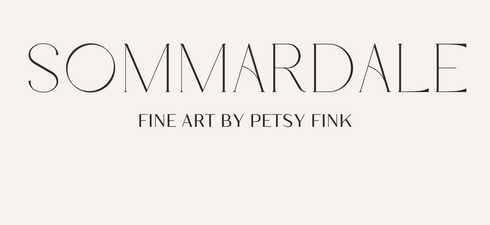The world has become louder than our senses were designed to bear. Every surface glows, every corner shouts, every feed scrolls without pause. We are surrounded not only by objects, but by demands for our attention. It is no surprise that so many feel weary within their own homes, or find that even the most carefully appointed interiors leave them restless rather than restored.
In this climate of saturation, the Japanese aesthetic of Shibui offers a striking counterpoint. More than a style, Shibui is a philosophy of beauty that rests on understatement, depth, and balance. It is an aesthetic of endurance in a culture of excess. For those curating spaces of significance — whether a retreat, a private residence, or a collection — Shibui provides a framework to replace noise with stillness, distraction with clarity, ornament with resonance.
.
The Problem of Overwhelm
Contrast this with much of contemporary design. Interiors today are too often curated for immediate effect: bold patterns, dazzling colors, statement pieces engineered to impress in a moment. Such choices photograph well, but they rarely sustain a relationship. Guests may admire, but they do not exhale. Over time, the space itself becomes tiring.
This is the dilemma faced by many collectors and curators in the luxury market. Surrounded by abundance, they seek not more, but meaning. They no longer want their homes, retreats, or hotels to feel like showcases. They want them to feel like sanctuaries. In such spaces, beauty is not spectacle, but medicine.
.
The Meaning of Shibui
The word Shibui is often translated as “subtle beauty” or “quiet elegance,” yet it defies easy definition. Its essence lies in a tension: simple at first glance, complex upon reflection. It carries the clarity of minimalism without its austerity, the richness of ornament without its excess.
Historically, Shibui was associated with objects that matured with use — a tea bowl acquiring patina, a textile fading into softness, wood deepening in tone. Over time, these objects revealed layers of character rather than diminishing in value. The aesthetic is therefore not just about restraint, but about longevity, about choosing forms that unfold slowly rather than reveal everything at once.
.
Shibui as Cultural Antidote
Here lies the power of Shibui. It teaches that the most enduring beauty does not demand, it invites. A room infused with Shibui qualities feels different not because it dazzles the eye, but because it steadies the body. The nervous system responds instinctively to balance, texture, and restraint. Light, tone, and material harmonize rather than compete.
In hospitality, this is no minor detail. A spa, retreat, or boutique hotel shaped by Shibui design principles offers its guests not only luxury, but restoration. It becomes memorable not because it overwhelms, but because it allows space for the self to breathe. The same is true for private collectors and philanthropists: the works they choose will shape the emotional climate of their interiors for years.
In my own practice as an artist, I have seen how Shibui can transform the role of art within a space. Instead of dominating, the artwork anchors. Instead of demanding attention, it becomes a point of return, a subtle dialogue between interior and inhabitant. It is precisely in its quietness that its authority lies.
.
Interpreting Shibui in a Western Context
To introduce Shibui into Western design culture is to translate more than form. It is to interpret a philosophy across context. Western luxury markets often equate value with visibility: the louder, the larger, the more opulent, the greater the perceived worth. Shibui reverses that logic. It says: what endures is what whispers, what is chosen with discernment, what rests lightly yet deeply within its place.
This does not mean importing Japanese tradition wholesale. It means drawing from the spirit of Shibui to create interiors and collections that align with contemporary lives. In my work, this translation often begins with nature. A branch, a shadow, a shifting layer of water — these elements, rendered in photographic form, become carriers of stillness. They offer an experience of beauty that lingers not in spectacle but in sensation.
.
The Cultural Value of Discernment
To curate with Shibui in mind is to take a cultural stance. It is to affirm that true luxury lies not in accumulation, but in discernment. Spaces shaped by this philosophy are not about more, but about better. Not about filling, but about refining.
Collectors and designers who make this choice distinguish themselves not only aesthetically, but ethically. They communicate a deeper understanding of value, one that is aligned with longevity, wellbeing, and cultural sensitivity. In an age when overwhelm is the norm, such discernment becomes an act of leadership.
.
Thoughts...
We are at a moment when the demand for beauty is not simply decorative, but existential. Surrounded by noise, people long for stillness. Overwhelmed by abundance, they seek meaning. The philosophy of Shibui meets this longing with grace. It teaches that beauty does not need to dazzle to endure. It reminds us that what is subtle often proves most powerful.
As an artist, my role is to interpret these qualities and offer them in forms that live within modern interiors. But the invitation belongs to all who curate: to trust the quiet, to choose what resonates slowly, and to create spaces that do not exhaust, but restore.
In the end, Shibui is not only a design principle. It is a remedy — a way to reclaim beauty as a source of calm, and to return spaces to their true purpose: places where we can finally feel at home within ourselves.
Warmly,
Petsy


